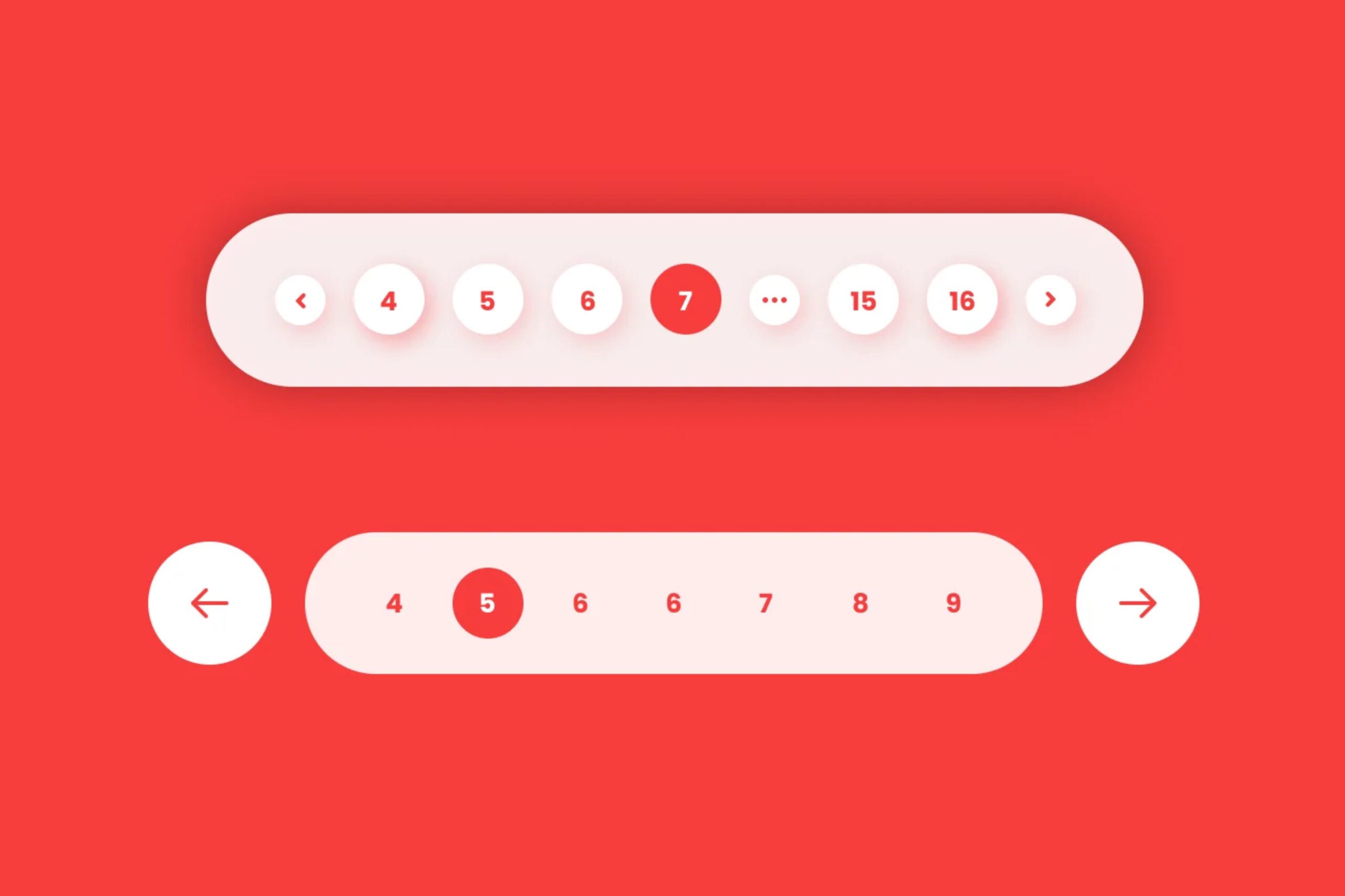
Pagination: A Comparative Analysis of Server-Side and Client-Side Approaches | Developer’s Case Study
Pagination is the unsung hero of user experience in web development, ensuring smooth navigation through large sets of data. But when it comes to implementation, developers often find themselves at a crossroads: should they handle pagination on the server-side or the client-side? Let’s dive into a casual, yet insightful exploration of these two approaches.
Server-side pagination is like dining at a buffet where the server brings you plates of food. Here, the server dynamically generates and serves only the required data for each page, lightening the load on the client’s browser. It’s efficient for large datasets as it minimizes the initial load time, making it ideal for applications where data security and integrity are paramount. However, frequent server requests can lead to slower user interactions, especially if the server is under heavy load.
On the other hand, client-side pagination is akin to having all the dishes laid out on the table at once. The entire dataset is fetched upfront and stored in the client’s memory, allowing for lightning-fast page transitions without waiting for server responses. It’s great for small to medium-sized datasets and offers a seamless browsing experience. But beware, large datasets can cause memory bloat and slow down the initial page load, especially on devices with limited resources.
In our developer’s case study, let’s meet Jane, a frontend wizard tasked with revamping an e-commerce platform. Jane opted for server-side pagination to balance data integrity and performance. By leveraging server-side pagination, she ensured that each page load was optimized for speed and security, keeping users engaged without sacrificing data accuracy.
However, Jane encountered a twist when dealing with real-time updates. To maintain a consistent user experience, she had to implement additional logic to handle dynamic changes in data without disrupting the pagination flow. It was a small bump in the road, but Jane’s ingenuity prevailed, delivering a seamless browsing experience for users.
In conclusion, whether you’re serving up data from the server or plating it on the client-side, pagination is a crucial ingredient in the recipe for user-friendly web applications. Each approach has its perks and pitfalls, but with careful consideration and a dash of creativity, developers like Jane can serve up a delightful experience for users, one page at a time.


